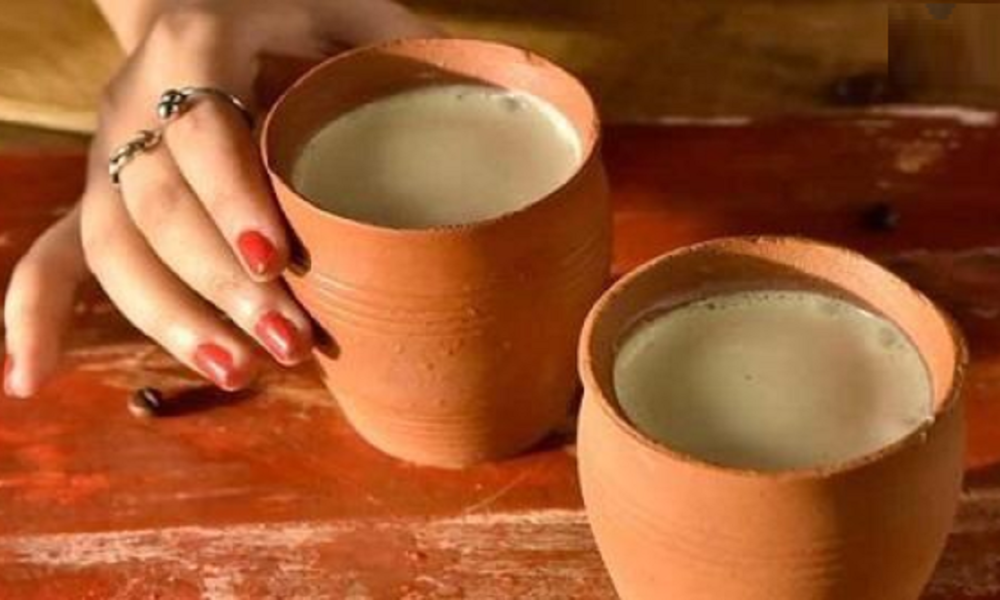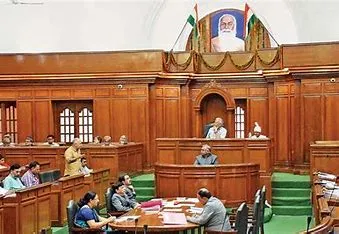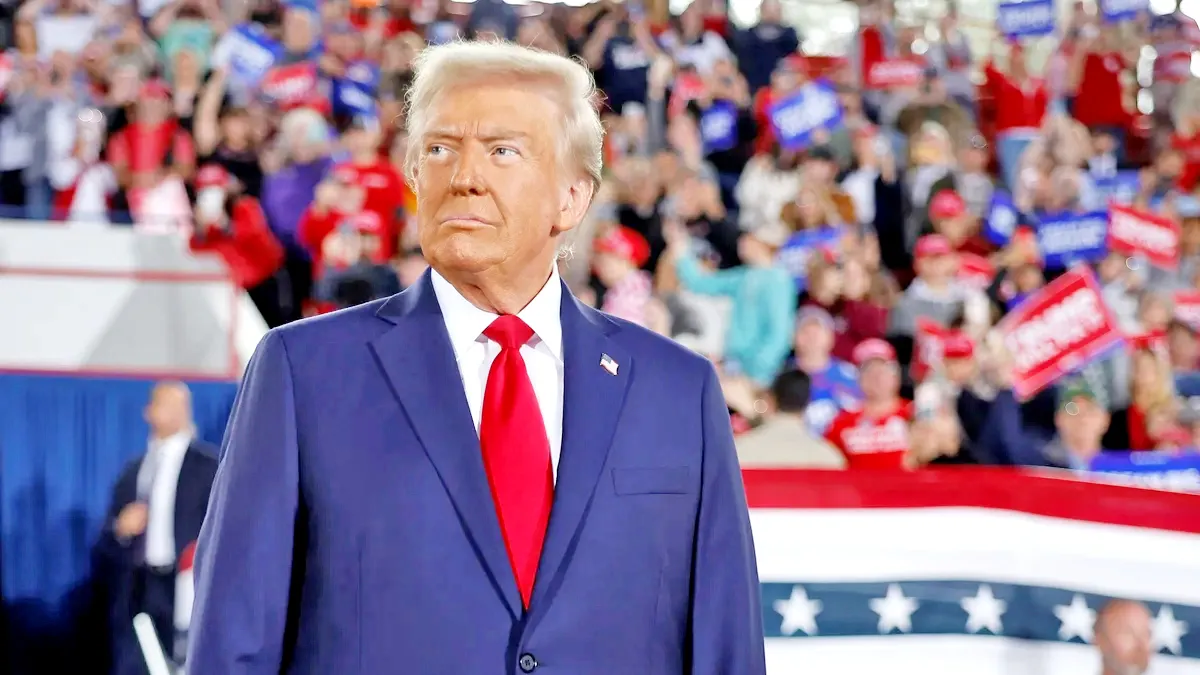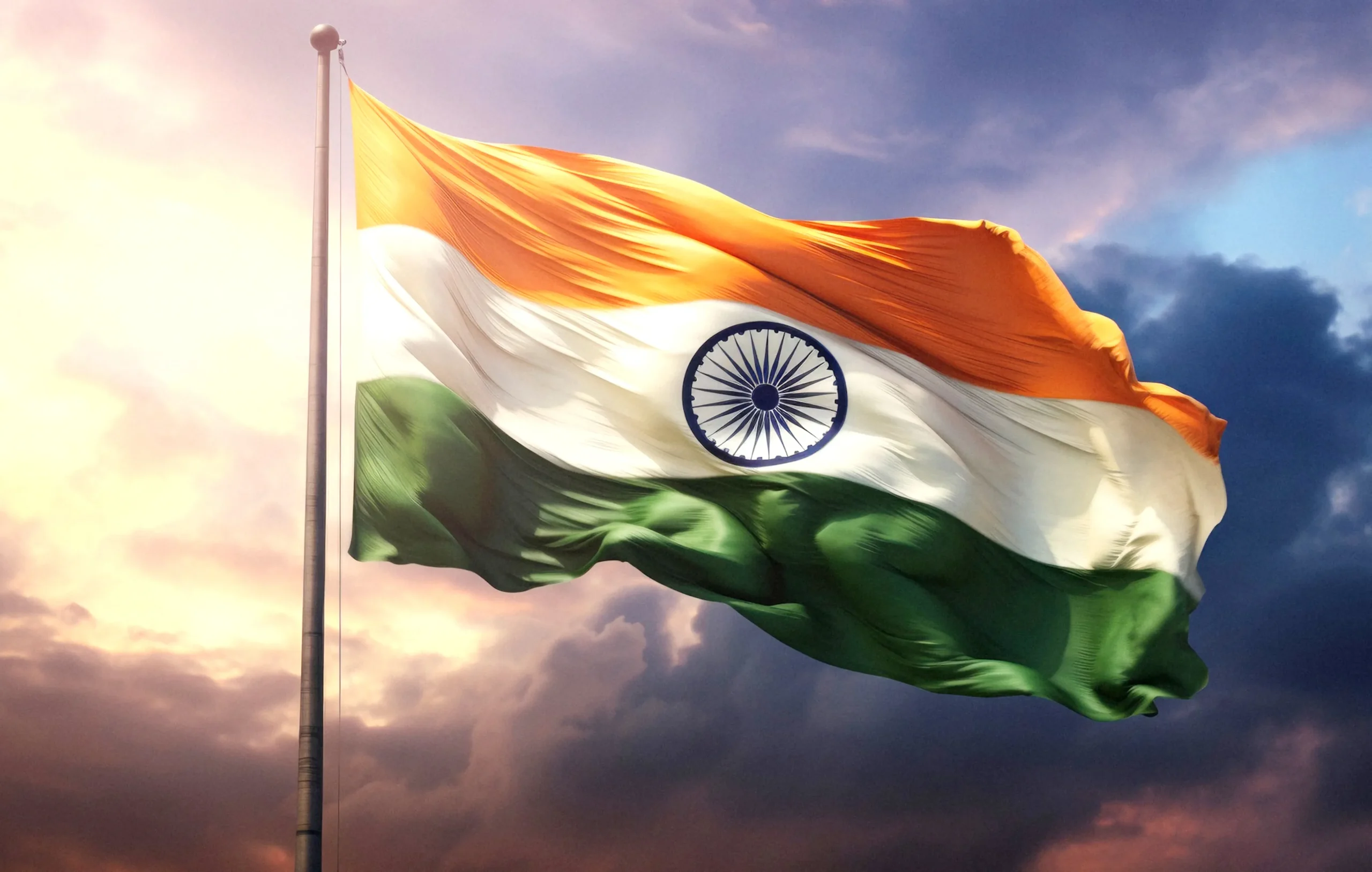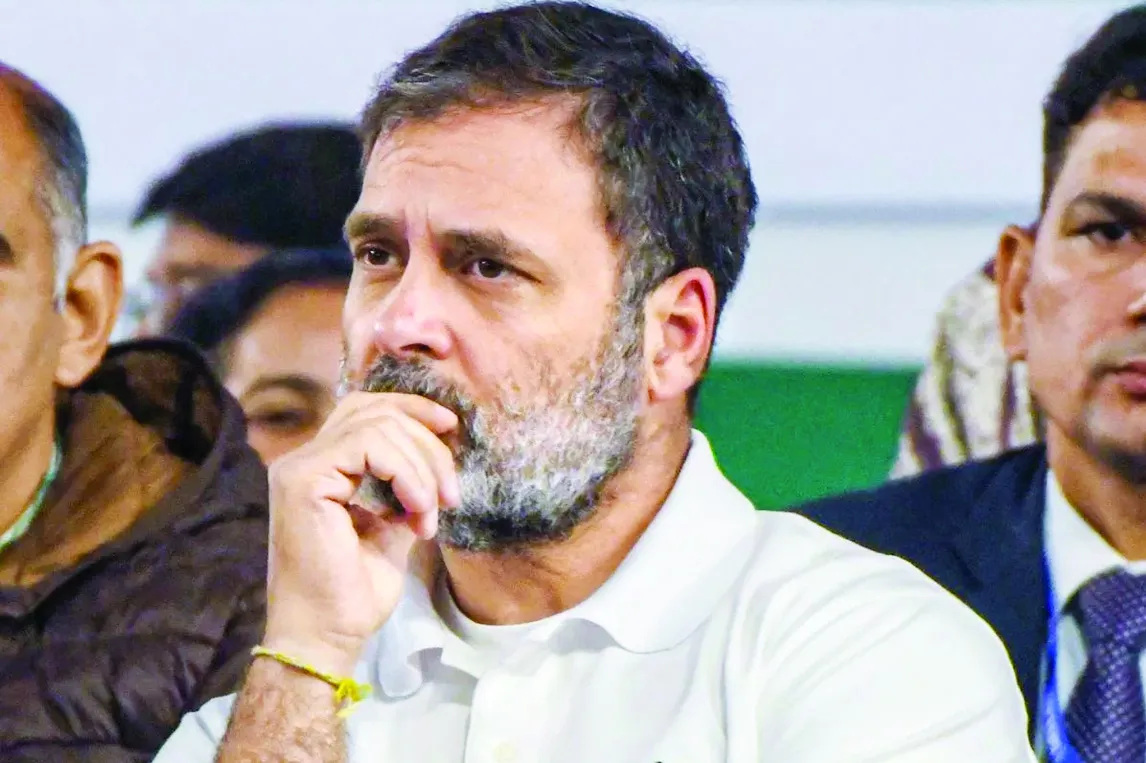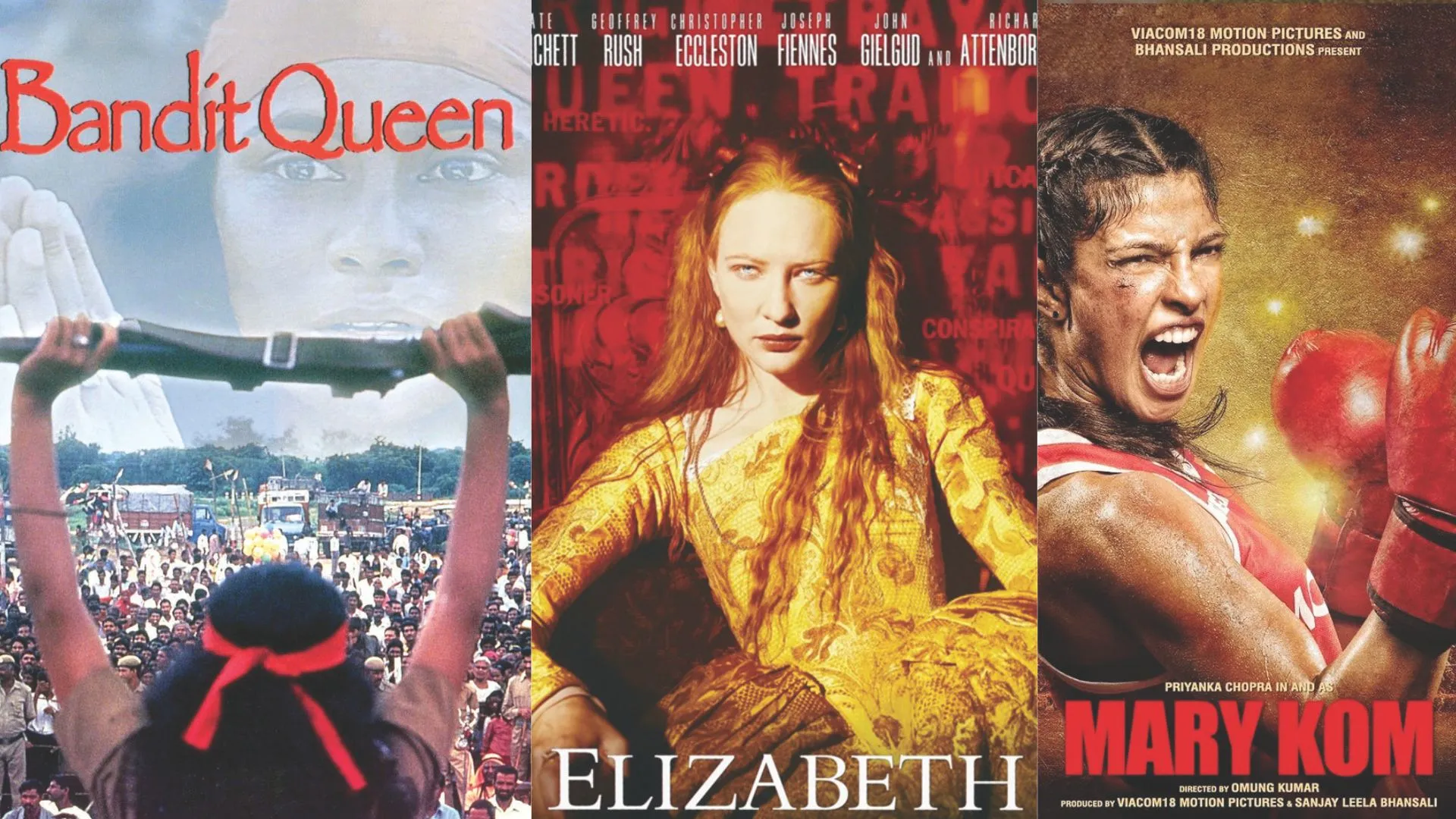Our ‘purse power’ will help overcome Chinese ‘ bullet power’! We should use our personal economic sanctions against the Chinese products to remove their stockpile from the market,” Ladakh-based social activist Sonam Wangchuk appealed to Indians through one of his recent videos.
There have been several instances in the past, when such appeals were made at different platforms, through varying levels. These momentarily impacted our shopping decisions, to forget later in our daily rush of life and urge for cheaper goods. This time, the “no to Chinese products” movement is gaining momentum over the digital space and WhatsApp. The trigger to the fire is Covid-19 pandemic, and fuel to the fire is recent Galwan Valley episode where Indian and Chinese soldiers were involved in a violent face-off. This movement, as always, seems to remain for a short time till our memory will recall the episode.
Chinese products, which have intruded into the daily lives of people in India and across the world, have been seemingly difficult to replace. May it be a festival or any other celebratory occasion, Chinese goods are easily available in the remotest corner of the country. Be it lamps or lights of Diwali, colours or water guns of Holi, kites or threads of kite festival, idols or decor material of Ganesh or Durga Puja, most of the things are now Chinese made! Most strategic industries are dependent on our neighbours’ products too. The countries across the globe are intertwined like a spider’s web. In such a scenario, to get ourselves detached from this web is a difficult proposition, but could be worth exploring, as suggested by Wangchuk, through an individual-centric, people-led movement.
In the past, such boycotts could not be successful, as Indian products could hardly withstand the competition for cost and quality, with their Chinese counterparts. Further, in the world of economics, there is less space for emotions, as our buying decisions are often led by economic considerations than emotional or patriotic reasons.
In the world of photography, a good photograph is considered good when it has a life and a story to tell. Without life, it’s an image; and with life it’s a moment of reality! If we apply the same principle, then we can say, without human connection, a product is just a product, may it be Indian or Chinese. If we humanise these products, we may feel connected with them. The buying decision then may not be merely on economic considerations, but on emotional connect too!
In order to use our “purse power” for local products, it is important that they have a better look and feel. Though Chinese Products will remain cheaper due to their economy of scale, we may beat them by winning over Indian hearts. Merely, appealing people to adopt country products may not help, but till the time we feel somehow connected with our own local products. For that, as one of the solutions, we can use the soft-power approach, through humanising our local products!
In one of my tours, I came across a government-supervised handicraft shop, where each local product had a story to tell. The smallest of products had a background material prepared of who produced it, how many people the product, if sold, is going to feed. A human touch with every product appealed the customers to buy the same. Similar stories we can weave for our local products to humanise them.
We Indians are very good in filmmaking and acting. Without any professional training we have flooded, Chinese app TikTok and global giants Facebook, YouTube, Twitter, Instagram and others with our own videos and memes. We need to use our video-making skills for the benefit of local products. A human story woven around our products, circulated over social media, will help us connect with them and the people behind them. It will infuse life into these lifeless products, helping in their recall, and influencing us while making a buying decision.
The story of khullad is a successful case study for emulation. Indian Railways brought the concept of serving tea in earthen made khullad during the early 21st century. It became a sensation within a short span of time. The khulladserved tea not only looked good but tasted good too. It was an initiative to support our own potters. The communication built around, humanised khullads. A cup of tea always left an imprint on minds, with a feeling of compassion and feeling of “supporting our own people”. The initiative later fizzled out due to economic considerations. What remained behind is the human touch and “humanized” khullads.
The Prime Minister, recently, while launching the “Aatmanirbhar Bharat” mission, gave a call to be “vocal about our local products to make them global”. We can do so by weaving and spreading human stories behind them, through short videos, memes and images. Then the buying won’t be purely on economic considerations but on emotional considerations too. We might then prefer local, humanised products of our own countrymen than the cheap Chinese stuff. These local products then won’t be products alone, they will be emotions too!
The author is an IIS officer, working with the I&B Ministry. The views expressed are personal.

